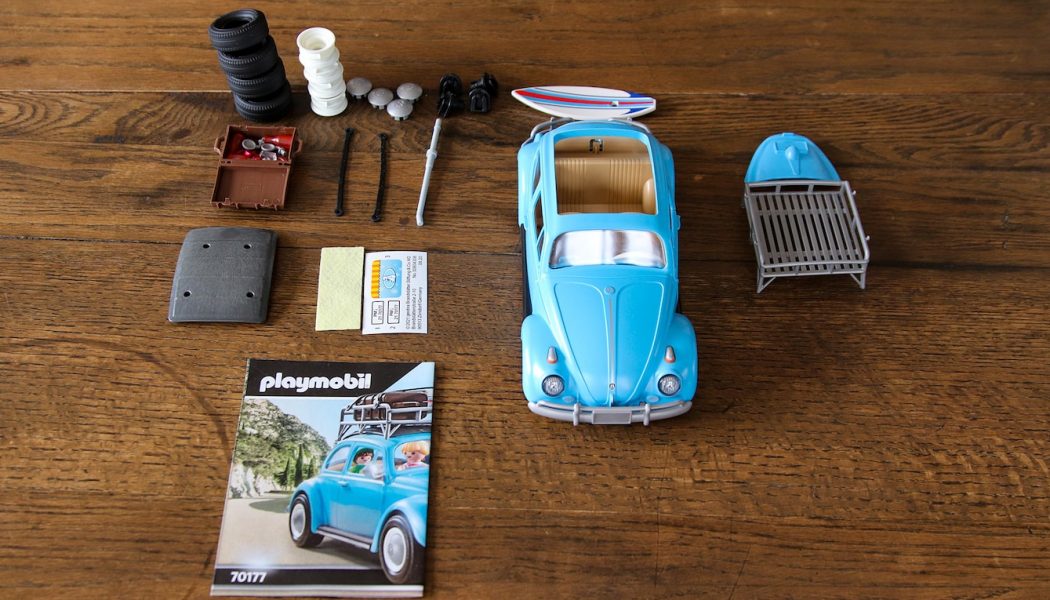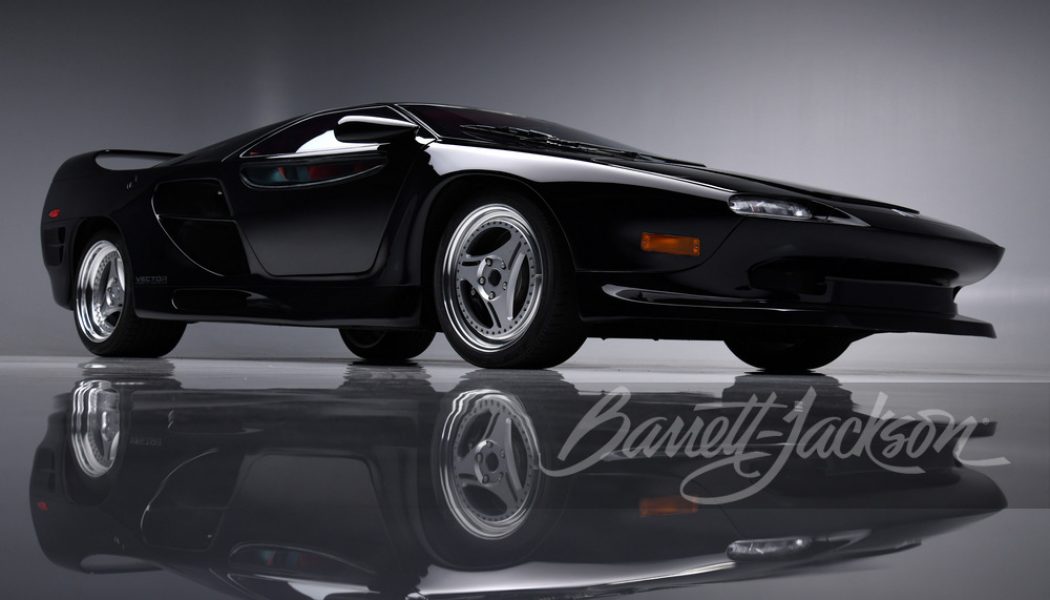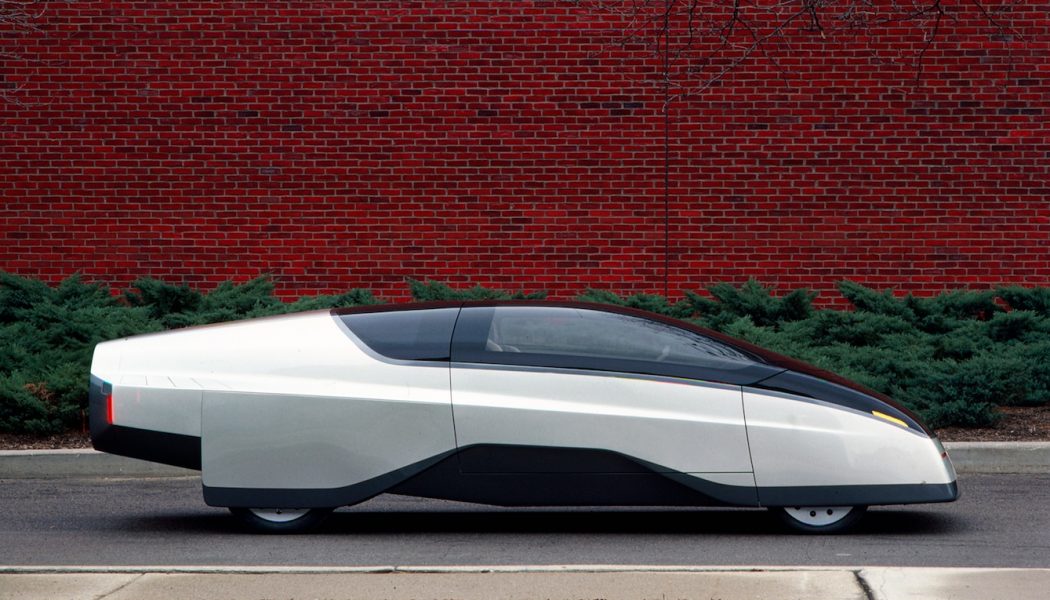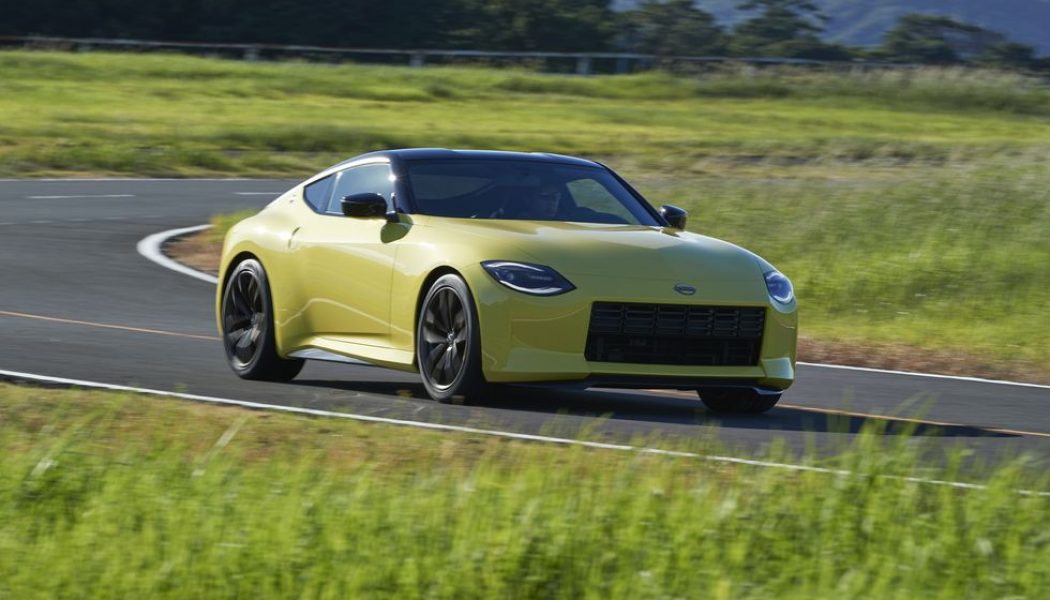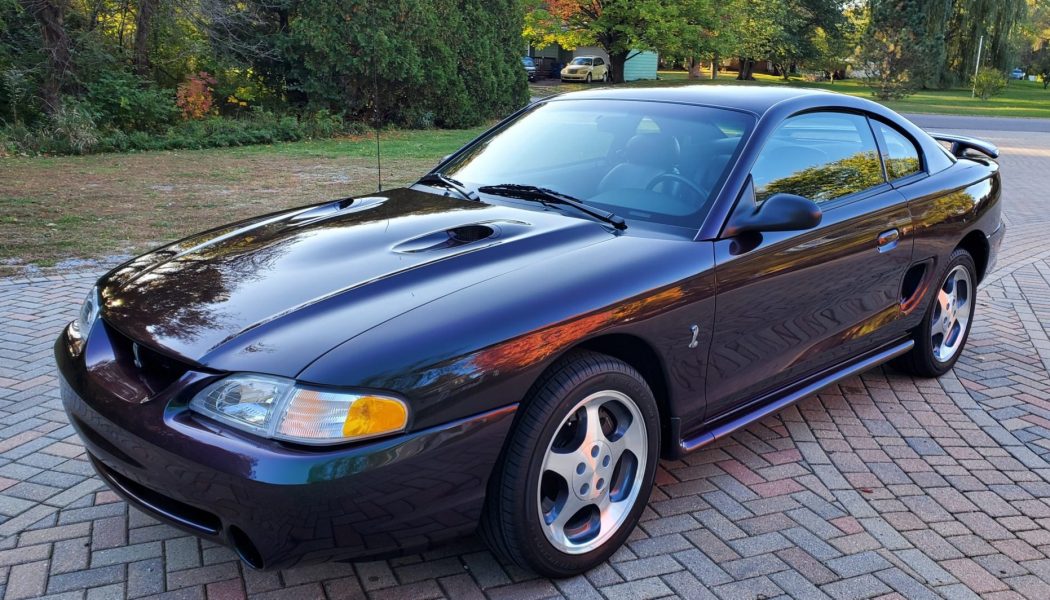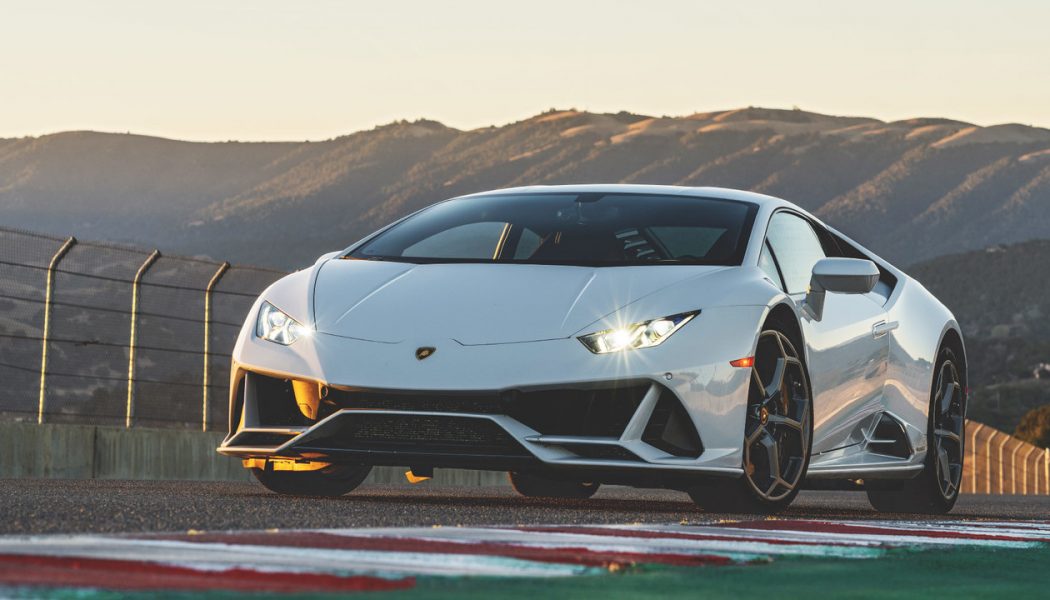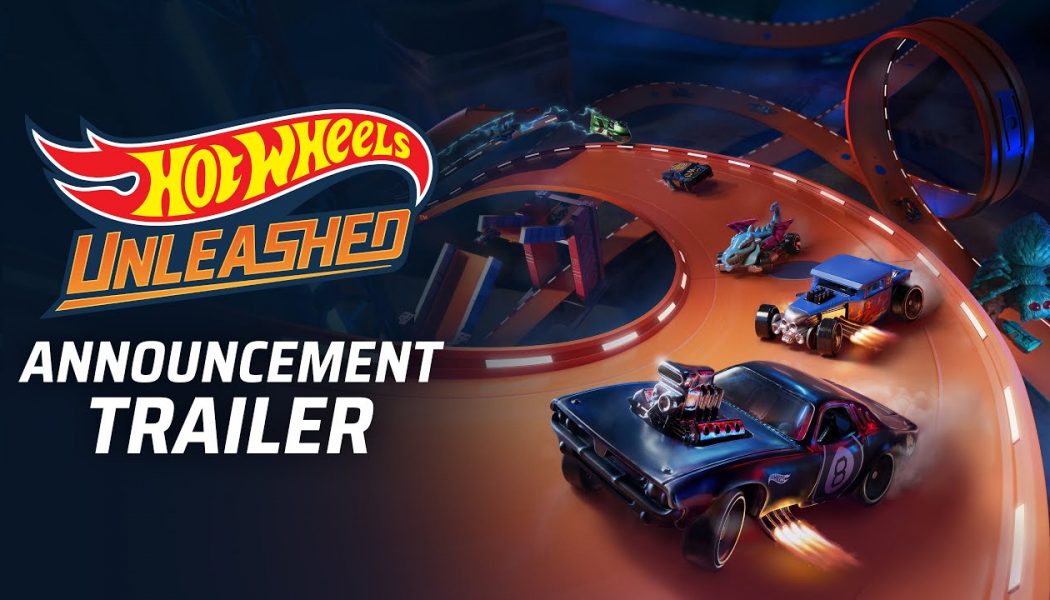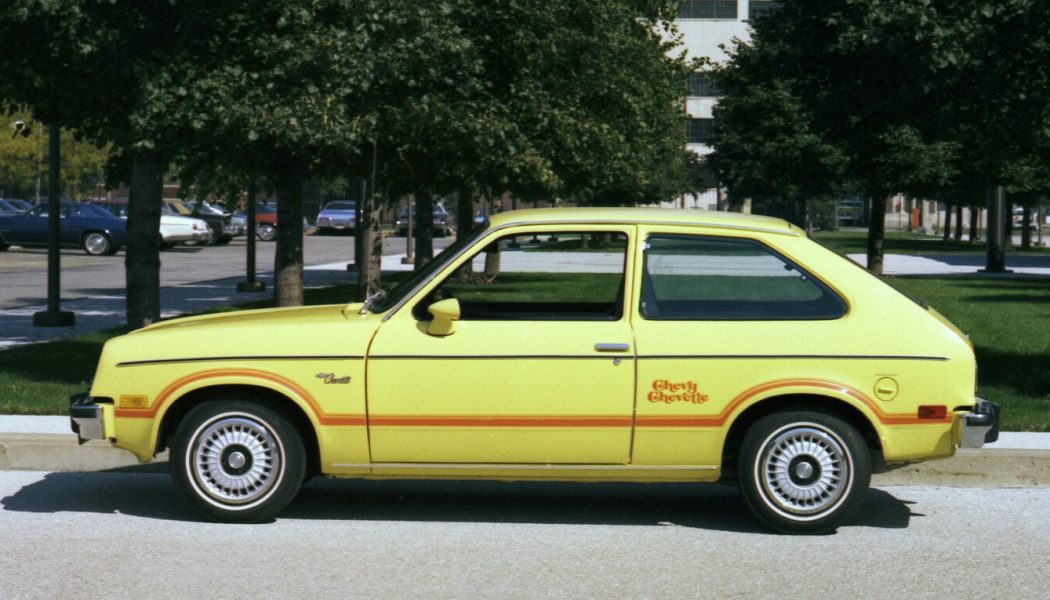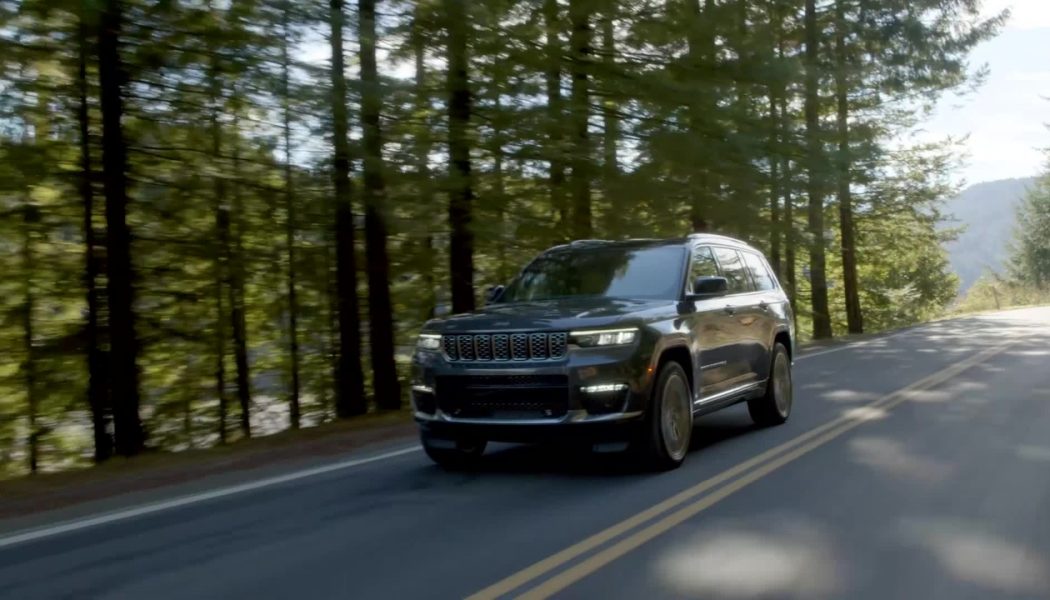Classic Cars
Plastic VW Bandwagon: We Build Playmobil’s Beetle and T1 Camping Bus
Playmobil’s Volkswagen Beetle and T1 Camping Bus aim to satisfy children and scale-model car connoisseurs who enjoy the build process of a Lego set but seek the realistic representation of a diecast car. Admittedly, Playmobil’s 52- and 74-piece sets are not nearly as build-intensive as some of Lego’s most impressive sets (automotive or otherwise), and both VW sets are sure to let down potential buyers who enjoy the extended assembly process of Lego sets. That said, the two Playmobil VWs make up for their limited construction needs by way of their impressive attention to detail. Flip both models’ bodies over, and etched on the undersides are things such as rear swing arms, an engine block, the transmission, and more. The same goes for the exteriors, which ...
Tesla-Powered Range Rover Classic Beautifully Marries Old and New
East Coast Defenders (E.C.D.) Automotive Design prides itself in meticulously crafting six-figure, bespoke Defenders and Range Rover Classics fit to impress even the pickiest of connoisseurs. But the company’s recent creation out-whizzes its robust collection of re-worked British machinery with a surprise underhood. This Range Rover Classic may look like the others, but it hides a ‘lil secret that helps it cruise with a futuristic whirr rather than a guttural growl. It’s from the past but powered by the future. It’s electric, the first of its kind from E.C.D. See all 60 photos In addition to its Rover 4.0-liter V-8 or Chevy 6.2-liter V-8 engine options for restored Range Rover Classics, E.C.D. now offers an “Electric Defender” conversion, and has su...
Diablo in Disguise: Bid on an Ultra-Rare, Lambo-Based Vector M12
Fittingly, the corporate history of the ever-enigmatic Vector Motors is just as intriguing as the wild vaporwave twin-turbo doorstop supercars it produced. A condensed history of the company, including its pseudo-production Vector W8 and the subsequent stillborn Avtech WX-3, would be voluminous on the scale of War and Peace. So for now, we’re fast-forwarding to the mid-1990s, where the Vector story almost takes off in earnest just before burning up as it breaches the atmosphere—and it’s all centered around hostile corporate takeovers, a despot’s son, and a new supercar with a Lamborghini V-12—a supercar you can bid on at Barrett-Jackson’s upcoming Scottsdale sale. See all 9 photos Vector Motors (then Vector Aeromotive) struggled in the early 1990s. The late Ve...
Chevy’s Gas-Turbine Express Concept Was an ’80s Take on Futuristic Mobility
Almost a decade before Chevrolet pinned the Express moniker to its full-size van, the American brand showed off the Express concept car. Designed specifically for use on a proposed government high-speed highway network, the bar-shaped gas-turbine-powered Express could theoretically cruise from point-to-point at 150 mph, at roughly 25 miles per gallon (of kerosene). Despite packing as little as 120 hp, the limited mass and aerodynamic shape of the Express (its coefficient of drag was less than 0.20), not to mention the powertrain’s healthy 350 lb-ft of torque, allowed the vehicle to reach and maintain triple-digit speeds with relative ease. See all 27 photos Although neither the highway network nor the powertrain of the four-seat Express would ever materialize, the concept s...
Nissan’s AD-1 Concept Could’ve Beaten the Toyota MR2 at Its Own Game
Porsche’s mid-engined 914 dropped in 1969. Fiat had the X1/9 in 1974. Toyota had the MR2 a decade later. Nissan? Nada. While a few automakers saw success with affordable mid-engined sports cars, Nissan never pulled the trigger. And this is in spite of the fact it built the AD-1 concept car for the 1975 Tokyo auto show. It was the sort of affordable, sporty car that Toyota would see three generations’ worth of success with. Did Nissan blow it? See all 27 photos Maybe not if the AD-1 had made it to production relatively unchanged. As you can see from these period photos (Nissan tells us that, sadly, the AD-1 no longer exists), the AD-1 was a little homely from some angles. The front end screams flash-in-the-pan ’70s microcar, with oversized glassed-in headlights that make t...
This Like-New 1996 Ford Mustang SVT Cobra Is a “Mystic” Unicorn
There’s sometimes great irony in a car’s fate. Back in 1996, Ford blew our minds by mothballing the 5.0-liter V-8 and introducing the so-called “Modular” engine family, including the adrenaline injection device that nestled under the hood of the SVT Cobra: a DOHC 4.6-liter V-8 producing a thumping 305 hp. Peakier than its predecessors, the SVT Cobra begged contemporary testers—and, presumably, even strong-willed drivers—to wring it out. Not this one. It may have tempted its owners, who did not submit. As an inanimate object, it couldn’t have hoped to be exercised, although it’s easy to anthropomorphize cars and imagine it to be so. Ever since this Cobra rolled off the line, its previous owners have managed to put just 769 miles on its odometer. That̵...
The Lamborghini Diablo Is the 1990s Supercar Legend Your Dreams Deserve
Talk about big shoes to fill. As the Lamborghini Countach entered its twilight years in the late 1980s, the company had the onerous task of designing a car that exceeded the visual, aural, and dynamic sucker-punch provided by its iconic neck-snapping V-12 super-wedge. The new Lambo had to vaporize eyebrows and buckle knees at a thousand feet if it was to be labeled as anything other than a letdown. Yeah, well, you can see where this is going. Despite a top speed of over 200 mph—only the second production car to do so—and being far easier to drive than its pappy, the Diablo is a bit of a middle-child. As far as the big Lambos go—of which there have been only five to date—the Diablo is relatively unloved. See all 19 photos We must stress that all of this slight negativity is best read throug...
Ringbrothers Works Spooky Magic on this ’68 Mercury Cougar Restomod
You can’t swing a custom, billet-hewn Cougar emblem these days without scratching up a few high-dollar restomods. There’s an entire spectrum out there, ranging from the crate-motor-and-decal jobs to the Singer types. Ringbrothers is no Singer, but its builds are certainly special. We’ve seen a number recently, and all embody some fundamentally interesting idea. Whether it’s a 1,080-hp, Hellcat-powered AMC AMX or a ’48 Cadillac with ATS-V oily bits, the Ringbrothers folks like exploring the boundaries. That’s why we’re excited that the latest build is a swaggering Mercury Cougar rather than the typical Mustang—and it’s the first Cougar the builders have gotten their mitts on, too. See all 9 photos It’s not the most powerful build Ringbro...
The Five-O’s 5.0: 1991 Ford Mustang SSP Police Car Rewind Review
In the annals of Fox Body Mustang history, the SSP police models—that’s for Special Service Package—certainly stood out as notable when new but now, some three decades later, they’re positively legendary. They’ve taken on mythical status, with whispers of how they’d been modified from the factory with performance engines and gearboxes with specific calibrations, but this was often not the case. And while the rumor mill also said each were hand-built by a skunkworks team in Ford’s plant, this is also untrue. In reality, these were built alongside all other Fox Body Mustangs on the exact same assembly line, with the vast majority having the same components as the street-spec, regular cars normal folks plucked from showroom floors. See all 6 photosAs one of ...
Chevrolet Chevette: Awful Car or Unappreciated Revolutionary?
Thirty-five years after it was mercifully euthanized, the Chevrolet Chevette remains synonymous with crappy motoring. The Chevette may have been humble and horrible, but it was also one of the most significant cars in General Motors history. It marked a major turning point in GM’s fortunes, the company’s first acknowledgement that the world was changing in ways it didn’t yet understand. Chevrolet Chevette: Cure for a Corporate Emergency Like the rest of Detroit, GM had steadfastly avoided making subcompact cars—”Mini-cars, mini-profits,” as Henry Ford II so eloquently put it—but the 1973-74 energy crisis changed all that. GM’s corporate average fuel economy was 12 mpg, worst in the industry. Big car sales dried up instantly and General Motors’ mark...
The 1998 Jeep Grand Cherokee Limited 5.9 Was the Warning Shot for Modern Hellcat Madness
See all 18 photos Big Engine, Old Grand Cherokee To appreciate how goofball the “5.9” was, you must first backtrack and revisit the original “ZJ” Grand Cherokee. In 1998, the Jeep was nearing the end of its first-generation, having been introduced for 1993. Despite its semi-modern window dressing, tidy dimensions, and comfortable interior, the Grand Cherokee was still an SUV in the traditional sense. Its narrow, boxy body teetered high atop a pair of solid axles, and four-wheel-drive models carried beefy low-range transfer cases engaged by a muscular lever between the front seats. The modern, independently sprung, wide-tired, lowered Grand Cherokee SRT this was not. Presaging modern-day Chrysler’s go-to move—shoving supercharged Hellcat V-8 engines into nearly...
GM’s X-Cars: Anatomy of a Miserable Failure
How bad does your car have to be before it attracts a lawsuit from the U.S. Department of Justice? Welcome to the story of General Motors‘ X-body project, started in the late 1970s as a response to the onslaught of front-wheel-drive imports that were making inroads thanks to a combination of affordability, reliability, and high fuel economy. Initially, there was a lot of internal excitement at America’s largest automaker for what promised to be the light that would lead GM into the future. Yet right from their 1979 on-sale date, and all the way through their ignominious retreat from the market by the middle of the next decade, GM’s X-car family provided a master class in how not to engineer, build, or handle defects for brand-new automobiles. This was the peak of the Gene...
